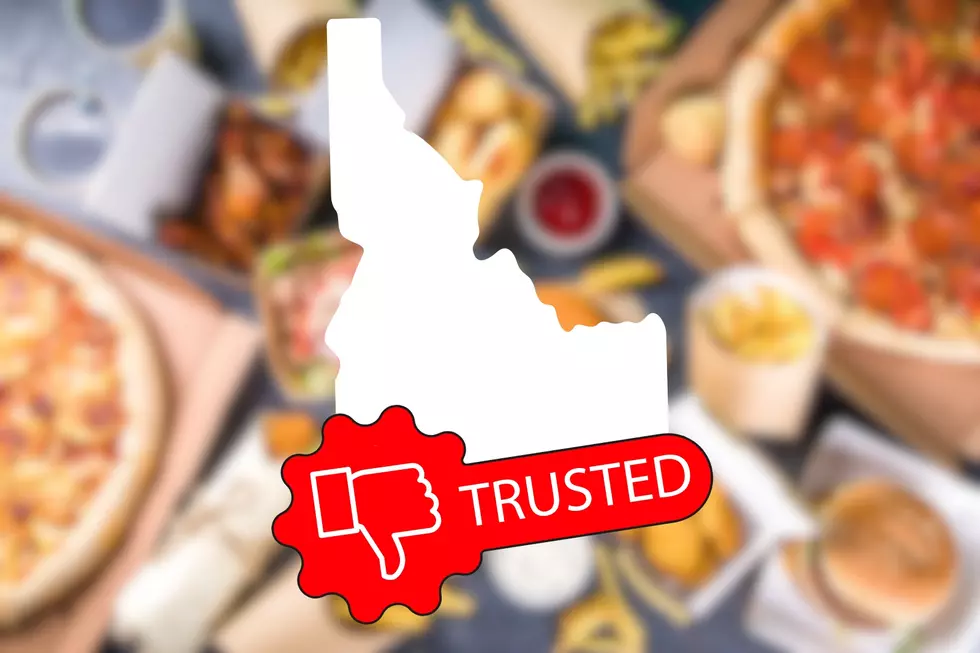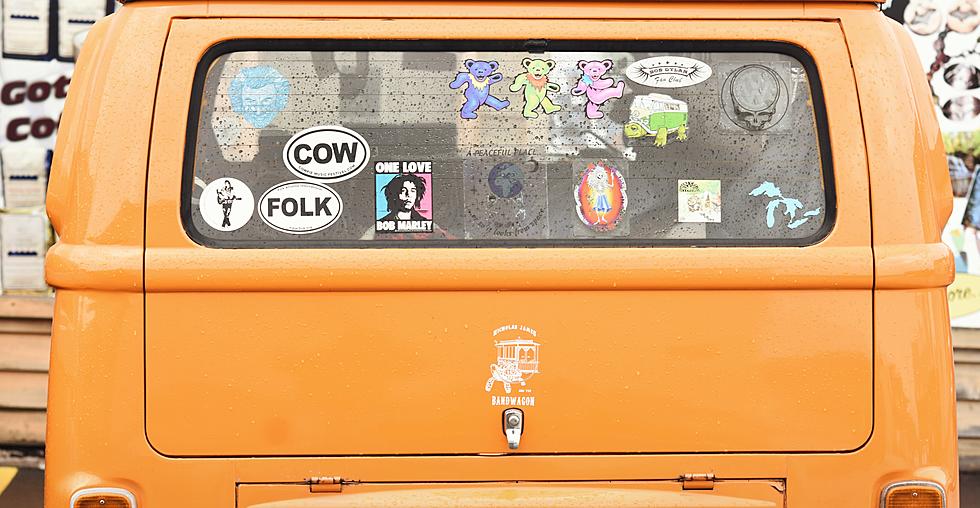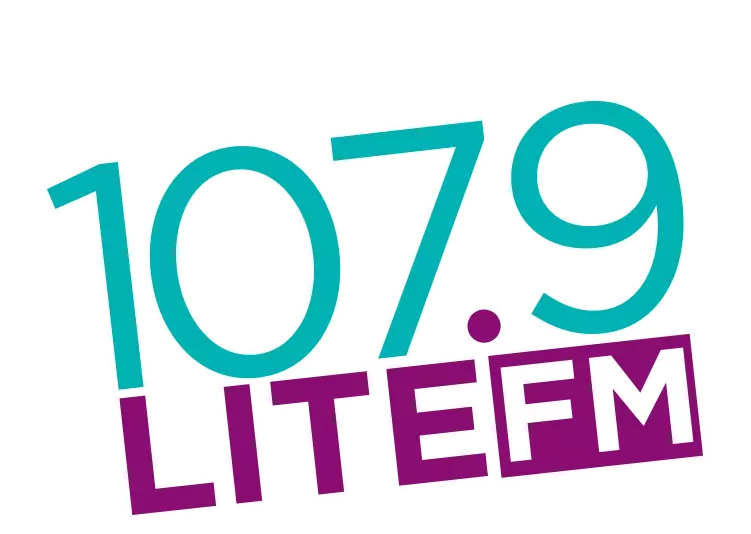
Idaho One State Away from Allowing Motorcycle Lane Splitting?
The number of states in the United States that allow motorcycles to split lanes recently doubled.
Assuredly, images of dastardly Hell's Angels rumbling by on oil-leaking Harley's while making a lude hand-gesture or a sport biker screaming by, front wheel high in the air at well over a hundred miles-per-hour, come to mind, but we bet lane splitting, further defined as lane filtering, looks nothing like you think.
The Gem State's neighbor to the East, Utah, passed House Bill 149, which allows what it clarifies as lane-filtering under the following conditions.
(5) An individual may engage in lane filtering only when the following conditions
384 exist:
385 (a) the individual is operating a motorcycle;
386 (b) the individual is on a roadway divided into two or more adjacent traffic lanes in the
387 same direction of travel;
388 (c) the individual is on a roadway with a speed limit of 45 miles per hour or less;
389 (d) the vehicle being overtaken in the same lane is stopped;
390 (e) the motorcycle is traveling at a speed of 15 miles per hour or less; and
391 (f) the movement may be made safely.
In lay-man's terms, traffic must be completely stopped, and the motorcycle may not exceed 15 mph while navigating between lanes (unlike lane splitting that allows motorcycles to cruise in-between lanes while traffic is in motion).
"It's not exactly the Wild West of California's lane splitting laws (or lack of laws, to be precise), Justin Hughes of Ride Apart wrote, "but it's still a tremendous advantage for motorcyclists in Utah."
Certainly there are not nearly the amount of people on the road in Utah or Idaho as California, but when you think of it in terms of percentage, it suddenly seems quite a bit more understandable and much less scary.
California codified what it called lane splitting Jan. 1, 2017, and in the following year the State saw a 30 percent reduction in motorcycle fatalities. Up until Utah passed this law, California was the only state to allow any variety of lane splitting.
A study by the University of California Berkeley showed that motorcyclists who split lanes in heavy traffic are significantly less likely to be struck from behind by other motorists and are less likely to suffer head or torso injuries, the American Motorcyclist Association reports.
"Perhaps one of the most dangerous situations for any motorcyclist is being caught in congested traffic, where stop-and-go vehicles, distracted and inattentive vehicle operators, and environmental conditions increase the risk of physical contact with another vehicle or hazard," said Wayne Allard, Vice President of Government Relations for the American Motorcycle Association. "Reducing a motorcyclist's exposure to vehicles that are frequently accelerating and decelerating on congested roadways can be one way to reduce rear-end collisions for those most vulnerable in traffic."
Oregon lawmakers are currently reviewing House Bill 2314, though the legislation is the inverse of Utah's new law. It would only allow filtering on highways.
More From 107.9 LITE FM









